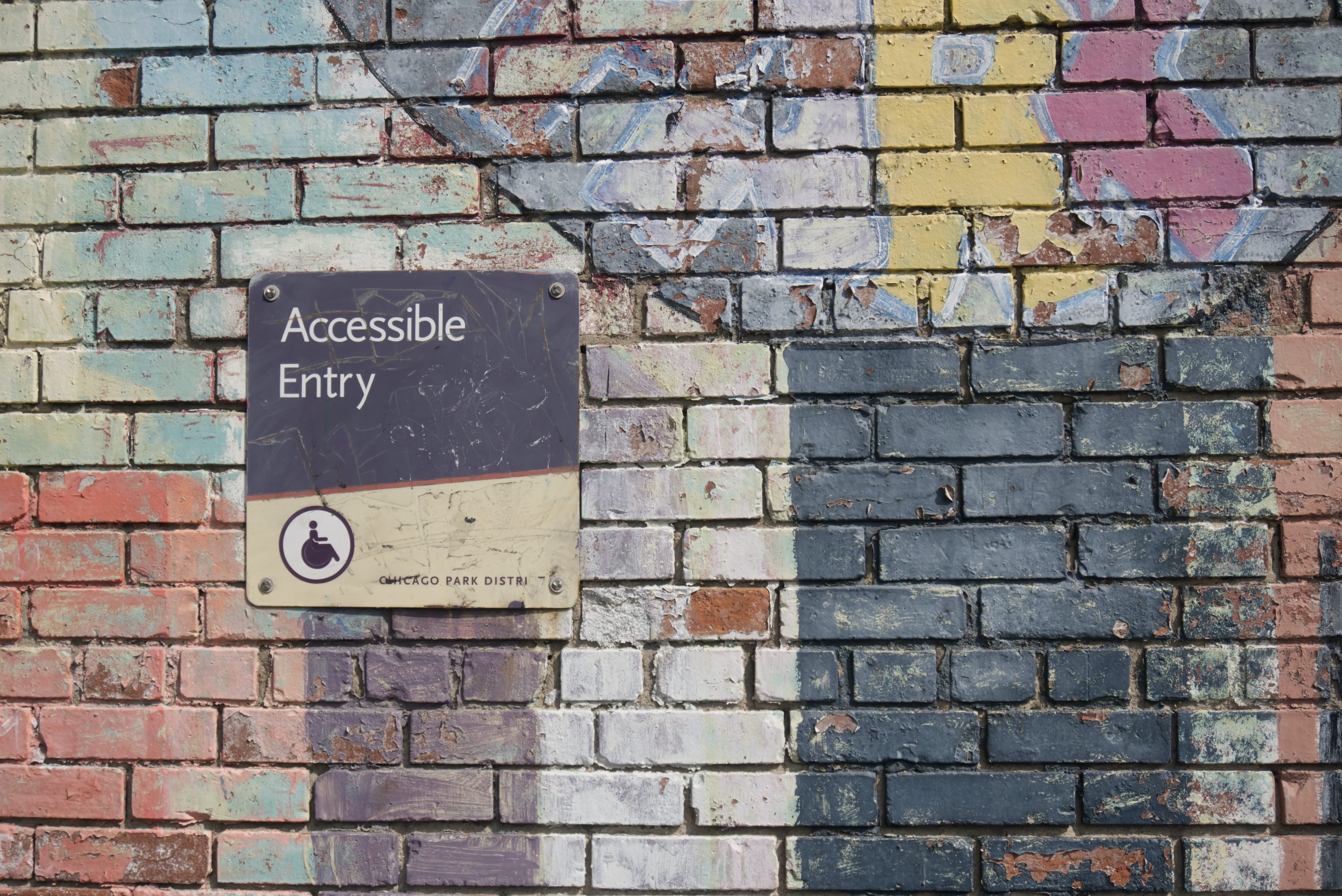
IA Blog
Inclusion & Accessibility

Digital Accessibility Laws Around the World
Although there are a number of places who have adopted different standards into their accessibility laws, the Web Content Accessibility Guidelines remain the most well-known and have been named as the guidelines to follow in countries all around the world. This blog contains an overview of what digital accessibility regulations look like worldwide.



